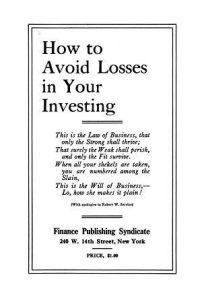Quote for the Week
Someday I’m going to write a piece called “The Perils of Brilliance.” The times I have been most wrong are the times I thought I was most right. You asked me at the beginning about the things I’ve learned from all of this, and I have to repeat: It’s humility. I think the reason I’ve been able to survive 55 years in this business is because I developed humility, at least after 1958. It’s the only way to survive — not necessarily to be the top quartile — but survival is really the name of the game we’re playing with long-term considerations. — Peter Bernstein (source)
 Buy the Book:
Buy the Book:  Buy the Book:
Buy the Book: